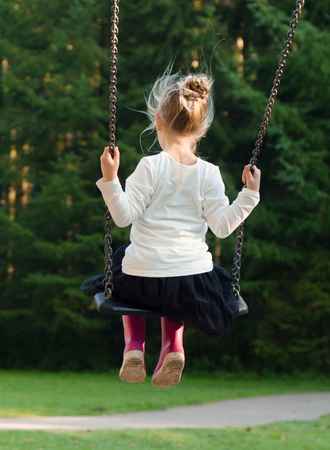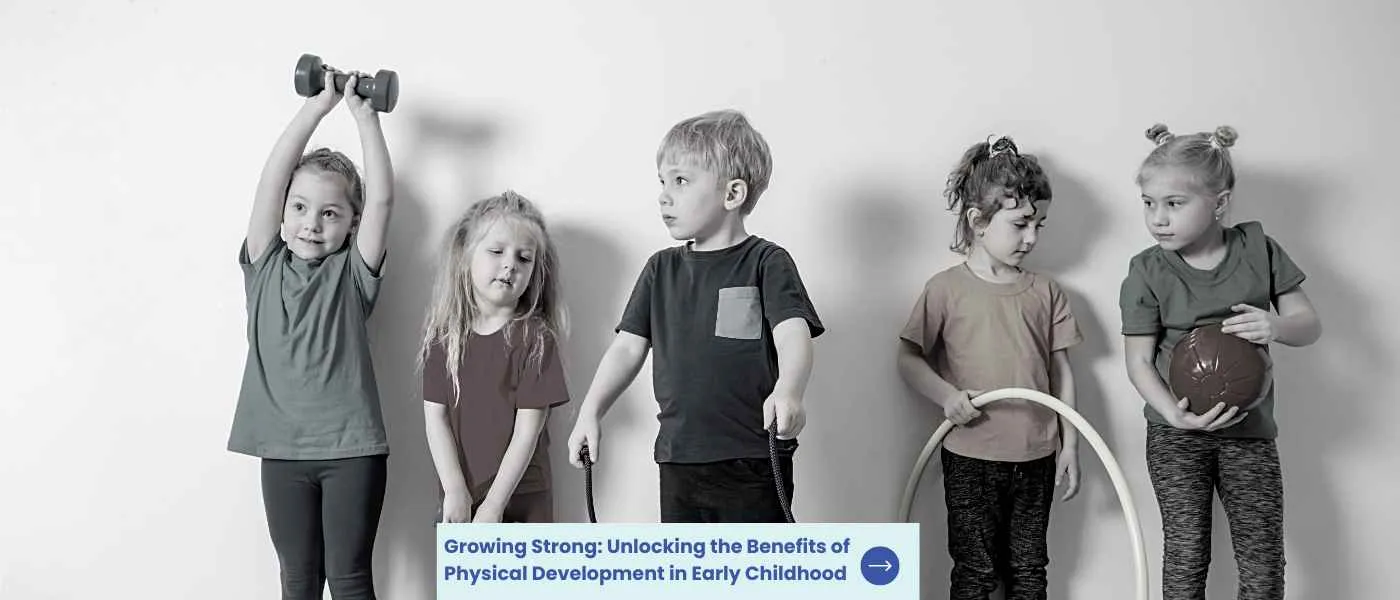Considering the importance of physical development in early childhood but uncertain about its multifaceted benefits? If so, you’re not alone. Many educators, caregivers, and parents recognize its significance but might not be fully aware of the extensive positive impacts it has on a child.
Fortunately, decades of research and observations have illuminated the numerous advantages of fostering physical development during these formative years.
Drawing from my expertise in early childhood development and pedagogical practices, I’ve assembled a comprehensive guide that delves deep into the myriad benefits of physical development in young children.
Let’s embark on this enlightening journey and shed light on the reasons why physical activity is not just play, but a cornerstone of holistic child development.
Key Takeaways on How Active Play Helps Early Child Development
- Encourage children to engage in daily physical activity at a young age to help develop strong bones, avoid weight gain and fight childhood obesity.
- Physical development in early childhood is essential for a child’s health and growth. Improved motor skills, cognitive development, and social and emotional skills development are all benefits of physical play that can help children grow into well-rounded individuals.
- Wooden toys are the perfect toys to encourage kids to engage in physical activity.
| Benefit | Description |
|---|---|
| Gross Motor Skill Development | Enhances large muscle activities like walking, jumping, and climbing. |
| Fine Motor Skill Development | Refines small muscle activities like writing, buttoning, and cutting with scissors. |
| Bone and Muscle Strengthening | Physical activity promotes stronger bones and muscles, reducing the risk of injuries. |
| Improved Coordination | Coordination of body movements, balance, and spatial awareness is enhanced. |
| Healthy Weight Maintenance | Regular physical activity helps prevent childhood obesity and associated health issues. |
| Cardiovascular Health | Activities that elevate heart rate promote a healthy heart and lungs. |
| Social Skills | Group activities and games teach teamwork, cooperation, and communication. |
| Emotional Well-being | Physical activity can reduce symptoms of anxiety and depression and boost self-esteem. |
| Cognitive Development | Physical activities can enhance cognitive functions like memory, concentration, and problem-solving. |
| Risk-Taking and Exploration | Engaging in various physical challenges allows children to assess risks and learn from experiences. |
| Sleep Quality | Active children often have better sleep patterns, essential for growth and cognitive functions. |
| Habit Formation | Early engagement in physical activity can foster a lifelong habit of being active. |
Improved Motor Skills
Gross motor skills involve the larger muscles in the body such as those used for walking, running, jumping, throwing or catching a ball. Fine motor skills involve smaller muscle movements like using fingers to pick up small objects or writing with a pencil. Both types of motor skills can be developed through physical activities such as playing catch or building blocks.
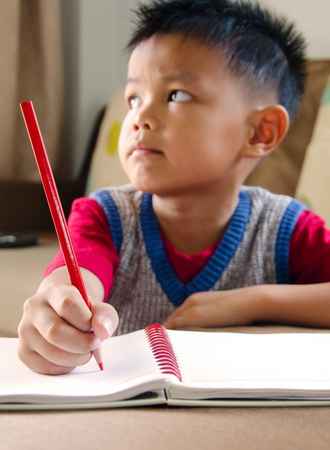
Cognitive Skills and Mental Health
Physical play encourages problem solving and reasoning by challenging children to find creative solutions to problems they encounter during playtime. It also helps improve memory and attention span by allowing them to focus on tasks at hand while being able to recall information quickly when needed.
Physical activities provide an opportunity for self-confidence and independence by giving children the chance to practice their newly acquired skills without fear of failure or judgement from others.
Brain Development
The link between physical and brain developments is a prime area of importance in early growth in most children. The brain of a child develops rapidly during the first few years of life, and this progress is closely linked to the physical changes that occur during this time.
One way in which physical health ties to brain development is through the improvement of motor skills. Physical movements and activities such as crawling, walking, and running promote brain growth by stimulating the growth of neural connections.
As a child’s motor skills develop, the connections between different parts of the brain become stronger, which leads to more complex movement patterns.
Another important aspect of physical improvement is sensory experiences. These experiences, such as touching and exploring objects, also stimulate brain growth. In the early years, children explore their environments which can result in creation of new connections between nerve cells and the brain.
Having an active lifestyle and engaging in daily exercise at an early age provide children an outlet for pent up energy and helps maintain a healthy weight, better weight management and develop healthy eating habits. In most cases, children who were active when they were young, remain active as they become older. This can be particularly helpful in building strength and preventing high blood pressure and cardiovascular diseases.
Finally, adequate sleep is critical for brain progress during early childhood. During sleep, the brain processes the information it has learned during the day and consolidates it into long-term memory. Without adequate sleep, a child’s brain may not have the opportunity to fully process and retain the information they have learned.
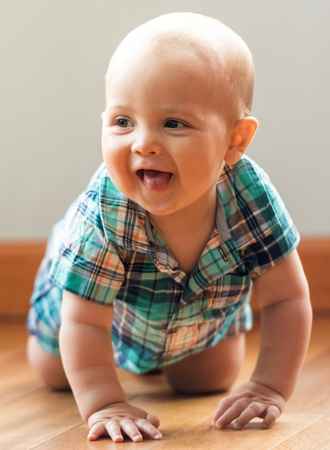
Emotional and Social Skills
Physical, emotional, and social developments are interconnected in early childhood. For example, physical growth, such as developing fine and gross motor skills, can lead to increased self-esteem, confidence and independence.
Emotional maturity can also impact social skills, as children who have a positive sense of self are more likely to form healthy relationships with others. Additionally, social experiences, such as interacting with peers and caregivers, can also impact emotional growth by providing opportunities for children to learn about empathy.
Encouraging Physical Play in Early Childhood
Physical play is an important part of a child’s development, so it’s important to encourage it from an early age. To help promote physical play in young children, there are many activities that can be done both indoors and outdoors.
Outdoor Activities
Running, jumping, climbing and other active games are great ways for kids to get their bodies moving while having fun. Many children love gardening and nature walks, which provide opportunities for physical activity while bringing them closer to nature and the environment.

Indoor Activities
Building blocks and puzzles are excellent indoor activities that require concentration and problem-solving skills while promoting physical movement and learning. Arts & crafts projects such as painting or drawing also encourages creative thinking while providing a way for kids to express themselves through art.
By encouraging physical play in early childhood, parents can help foster healthy motor skills, cognitive skills, social interaction and emotional growth in their children; all of which will benefit them throughout life.
Wooden Toys for Physical Play in Early Childhood
Wooden toys are a great way to build on your child’s interests so they may grow as better adults in the future. Durable and safe, wooden toys provide open-ended play opportunities that help develop motor skills, cognitive abilities, social and emotional development.
Push & Pull Toys
Push & pull toys such as cars or trains can help improve gross motor skills of a child like walking and running. They also promote problem solving as children learn how to move the toy from one place to another.
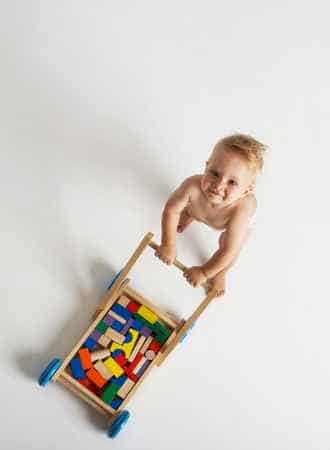
Building Blocks & Puzzles
Learning resources toys such as building blocks and puzzles are excellent for developing fine motor skills like grasping small objects, hand-eye coordination, problem solving and reasoning. As they construct towers or solve puzzles, children gain confidence in their ability to complete tasks on their own.
Shape Sorters & Stacking Games
Shape sorters and stacking games require kids to think critically about how shapes fit together while improving dexterity with small objects. These activities also teach patience as it takes time for them to figure out the correct placement of pieces before they can progress further in the game.
Musical Instruments
Playing musical instruments helps build coordination between hands while teaching rhythm through repetition of notes or beats which is beneficial for memory retention too! Musical instruments also give kids an outlet for creative expression by allowing them to make up songs or melodies with different sounds and rhythms.
Ride-On Toys
Ride-on toys such as scooters or tricycles are great for outdoor fun! Not only do these activities get kids moving but they’re also helpful in building balance since riders must coordinate movements between arms, legs and feet simultaneously in order stay upright on the ride-on toy of choice!
Dollhouses & Accessories
Dollhouses offer pretend play opportunities that allow kids explore imaginative scenarios without any boundaries – this encourages creativity along with language development when playing out conversations between dolls! Accessorizing dollhouses provides even more ways for little ones express themselves through artful decoration using furniture pieces like chairs tables.
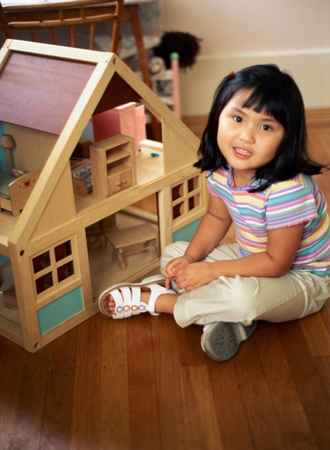
Pretend Play Sets
Pretend play sets often come with accessories like kitchen utensils (pots pans etc.) doctor kits toolsets etc., all of which foster roleplay situations where children take on different roles within a scenario – this type of imaginative exploration is essential social emotional growth as it teaches empathy understanding others perspectives taking turns sharing cooperation among other important life lessons.
Outdoor Toys
Outdoor toys such as swings, slides, sandboxes, and water tables encourage physical activity outdoors while providing sensory stimulation through tactile experiences. For example, feeling the sand grains splashing around a water table; smelling flowers and garden plants; listening to birds chirping nearby trees – all of these experiences contribute towards overall healthy development for a growing child’s mind, body and spirit.
